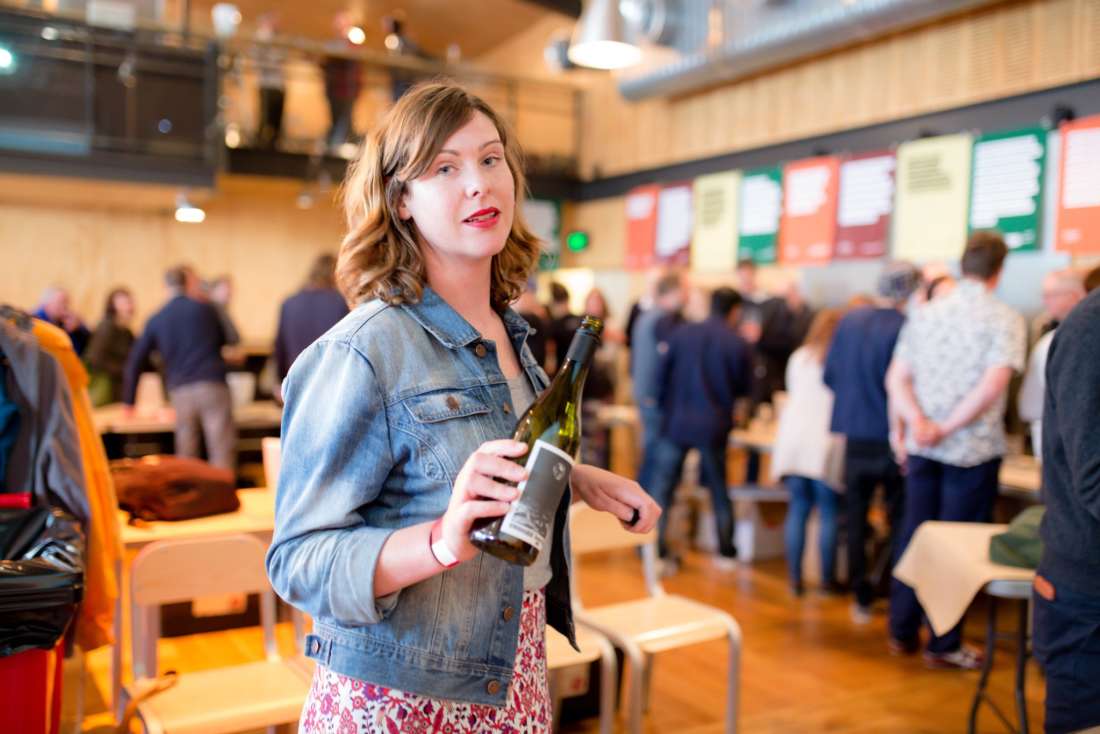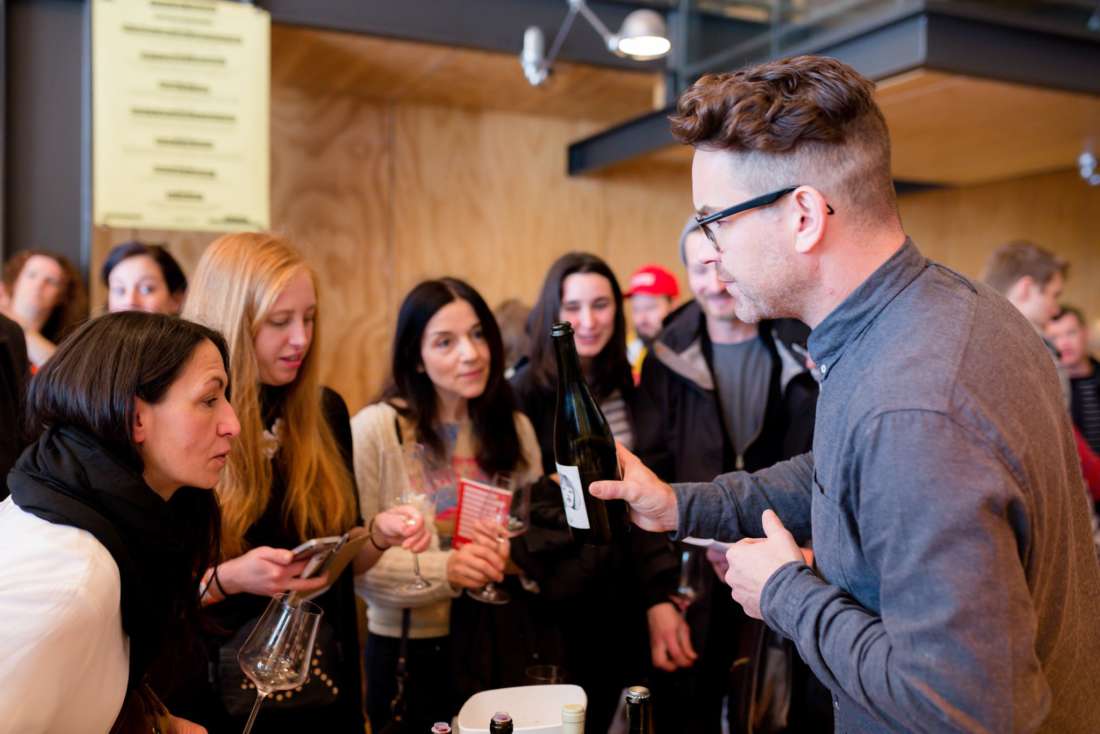Category — DIY

The Origin of Guerrilla Gardening
“The law locks up the man or woman
Who steals the goose from off the common,
But lets the greater felon loose
Who steals the common from off the goose.”
— anonymous protest poem from the 17th century.
A hoard of snails were on the attack at #ArchHillFarm this spring, plentiful after a historically warm winter, making for a battle to save seedlings, sadly the pumpkins couldn’t be saved from an escape artist chicken (ever watched Chicken Run?) much more voracious than the snails; but despite battling with a lack of rain, tomatoes are ripening, beans have reached for the sky leaving us gifts as they’ve climbed, zucchinis are appearing in every second meal and loads of self seeded surprises have proliferating between the cracks. I hope some of you are cashing in on the bounty of photosynthesis as well. Our launch date didn’t really coincide with projects for your garden — other than maintenance and nourishment — so I decided to introduce you to the rebellious infancy of guerrilla gardening instead.
Like any movement, action tends to spring from scarcity, and guerrilla gardening was born a very long time ago amongst a bunch of radical Protestants with a bone to pick with the scarcity born from the enclosure of common land.
Pictured: Gerrard Winstanley
Enclosure
The fence, Raj Patel maintains, is a “technology of displacement”, a technology we perceive to be associated with containing cows or sheep (or renegade chickens) but originally used to eject the peasantry from common land, leaving them with nothing but their labor to sell in exchange for their subsistence.
Under feudalism, land rights were shared, lords ‘held’, but did not (in the modern sense) legally own their land; they couldn’t sell or exchange it, and commoners couldn’t be excluded from the use of the ‘open fields’ of The Commons – where they could forage, hunt, graze animals and collect water to sustain their communities.
But progress and power weren’t fans of The Commons, taxation and debts imposed on landholders by Henry VII saw the fences start to go up in the late 1400’s, setting in motion a process that would take several centuries in England — peaking between 1760 – 1832 — eventually completely eradicating the way of life of the medieval peasantry. A process which spread through colonisation and continues in the form of land grabs throughout the third world.
Enclosure was the original privatisation and the birth of industrial monocultural agriculture. First land was enclosed to pay those taxes and debts with the increasingly profitable enterprise of sheep farming, providing not only land to graze, but also a supply of — now hungry — agricultural wage labor. Later, the land reform of 1646 gave landholders absolute power over previously shared land. Then the Parliamentary ‘Inclosure Acts’ of the eighteenth and early nineteenth century put the final nail in the coffin of the peasantries right to The Commons. Conveniently coinciding with the birth of capitalism, the centralised state and the Industrial Revolution, the Inclosure Acts morph feudalism to landlordism and both the Commons and small farms are swallowed up into massive land holdings.
Enclosure sees commoners became a landless working class, displaced first to provide the cheap labour required by agriculture, and later for the Industrial Revolution. It’s not easy to get a population full of beer and mead with access to land and alternative means of subsistence to tend another’s sheep or to work a twelve hour day in a grimy factory.
The Diggers
But various groups of commoners refused to lay down without a fight. I’ve got a soft spot for The Diggers, a group of Protestant radicals who weren’t having a bar of this injustice and emerged as a reaction to the land reforms of 1646. Understanding the importance of land, the power of food and believing in a connection between people and their natural surroundings — “true freedom lies where a man receives his nourishment and preservation, and that is in the use of the earth” — they had a plan.
Gerrard Winstanley, a leading thinker in the movement proclaimed that “the power of enclosing land and owning property was brought into the creation by [the landholders] ancestors by the sword; which first did murder… men, and after, plunder or steal away their land”, and in 1649 Gerrard and 14 others published a pamphlet called “The True Levellers Standard Advanced”, maintaining that since the Norman Conquest of 1066 the “common people of England” had been robbed of their birthrights and exploited by a foreign ruling class.
The Diggers pulled down hedges and fences, turned the soil and planted crops which they distributed to their followers. Regarding the earth as a “common treasury” they took direct action to put their ideals into practice. An action not dissimilar to our own history at Parihaka.
In April of that year — with food prices at record highs – about fifty families occupied land that had been privatised on St George’s Hill in Weybridge, Surrey. They started to dig the soil and plant crops. Predictably, local landowners weren’t too keen on The Diggers. Winstanley appealed to Parliament for support but they abandoned their settlement in August 1649 under the threat of the state using the army to evict them on behalf of landowners rather than grant them rights to The Commons as they had hoped.
There were also The Levellers and other colonies of diggers at the time and a movement inspired by them in the US in the 60’s, and their admirable spirit lives on in the modern guerrilla gardening movement and in hero’s like Ron Finley, still fighting to reclaim the commons, producing free food in public parks, on verges, in vacant lots and with seed bombs.
As Finley says, “growing your own food is like printing your own money”. All you need is a piece of dirt.
Drunkenness is sloppy and base, but to be intoxicated is to be full of wonder, to be curious and in awe of the world around you.
You might already realise that natural winemaking is more than just an organic designation. It is about creating wines with character, by using only grapes. If that sounds overly simple, you might be surprised by the methods considered commonplace in industrial winemaking. “The majority of wines are commercial and there’s a quick fix for any problem,” said Amy Farnsworth, one of the festival organisers. Quick fixes include adding chemicals to stabilise subpar fruit, filtering wines to remove impurities (which also removes complexities in flavour), and innoculating ferments with brewer’s yeast instead of relying on the wild yeasts that grow in vineyards. Each species of yeast imparts different flavour profiles and characteristics to the wine, but wild yeast can also be unpredictable in the fermentation process. By inoculating with brewers yeast, some would say that winemakers are sacrificing sense of place for peace of mind.
Farnsworth told me that the minimum requirements for festival wine included organically farmed fruit, but also no more than 50ppm sulphur, and fermentation by wild yeasts. No fining agents were permitted, but for whites they allowed a coarse filtration because New Zealand consumers won’t yet buy cloudy white wines.
The list of additives allowed in industrial winemaking practices is pages long. In a Budburst education session, Pyramid Valley winemaker Mike Weersing said to attendees, “you demand labelling in food, it’s up to you to demand it in wines.” One of the more discussed additives in wine is sulphur, which Weersing called ‘the new gluten,’ as everyone has an allergy. It acts as a preservative and with a poor quality crop it can be good or even necessary, but instead of relying on sulphur, natural winemakers advocate for more care in the vineyard, to know the vines and the fruit, to pay attention to the soil and the weather. Many of the winemakers at Budburst used a bit of sulphur at bottling, but the 50ppm allowance at the festival was far less than some national standards that put the legal limit at 200ppm or higher.
At Budburst, the people making the wines were talking about them. “We wanted to break down the barriers between the winemakers and the consumers,” said Farnsworth. This connection made attendees comfortable asking questions and giving their opinion. Instead of remarking on the wine’s clarity or flavour profiles, comments were more down to earth. I heard Foradori’s Manzoni Bianco described as ‘the 3am bring you back to life wine.’ At the Rippon table an attendee said, “I’ve always loved your wines, I think they are really yummy.” “Yummy,” the winemaker paused, “that’s a great word. Thank you.” Farnsworth commented on her experience pouring Stéphane Tissot’s wines. “It was incredible to see people’s faces when they tried it,” she said of a Savagnin from the Jura produced in an oxidative style where the wine is aged under flor, a process similar to that used in fino sherry. “They’d say, ‘I’ve never tasted anything like this before,’ and that was what we were hoping to achieve.”
Farnsworth explained that she didn’t expect attendees to like every wine, but to come with an open mind and try something different than the status quo. Natural wines made from the same vineyard may be different year to year due to the climate and conditions around harvest and which wild yeasts take charge during the ferment. For major exporters that can be a nightmare, like a franchise fast food chain they count on their product being exactly the same each year so consumers know what to expect. Farnsworth described the natural winemakers as “courageous people that have chosen to embrace the diversity of the season and what each vintage offers.” Natural wine celebrates inconsistency. In noting the inconsistencies, you start to see the characteristics that are consistent year after year, those characteristics of the wine that are true to the place that it was grown in. And that’s terroir.



Jess Mavromatis, debuting her first natural wine – her table sandwiched between two more established labels – said, “being the new kids, you’re putting yourself out there a little, it was utterly terrifying.” Terrifying at least until the crowds started rolling through and she was put at ease by their excitement. Her wine Ekleipsis, named after the Greek word meaning both eclipse and abandonment, referenced the blood moon eclipse that occurred on the night of their first harvest and the philosophy of allowing the grapes to ferment without intervention.
Festival attendees were exposed to many different winemaking methods, and the Ekleipsis Underwater Rose sparked a lot of conversation. The wine was placed into old oak barrels during second fermentation and submerged underwater in order to prevent the flow of oxygen. Mavromatis said that all of the winemakers were doing things a little differently, “there are lots of interpretations, there’s not just one way to make wine.” It is always daunting to create something new and share it with the public, but she found encouragement in the success of the festival. “I was happy to have so much enthusiasm by consumers and restaurateurs. People are starting to understand natural wine, it’s reassuring that what we’re doing isn’t so weird.”
Whereas some festivals seem to exist as an excuse to get as drunk as you can as fast as possible, Budburst was different. Towards the end of the day, Millton scorned regulations that legislated against intoxication. “Winemakers want everyone to be intoxicated,” he said. Drunkenness is sloppy and base, but to be intoxicated is to be full of wonder, to be curious and in awe of the world around you. At Budburst, attendees were enamoured by the process, the land, and the people involved in making these unique wines. He swept his hand towards the lingering crowd at the festival below and said, “everyone is intoxicated, but no one is drunk.”
I ran into Carrick winemaker Francis Hutt a couple months later, both of us still buzzing about the event and in anticipation of the follow-up festival. Then he shook his head and said that it probably only had a few more good years. I gave him a confused look. “You know, sponsorships, corporate takeover, it will be all about marketing.” I laughed, maybe it’s true that the natural winemakers are at the heart, a bunch of punks. And if sharing that philosophy with the public remains at the heart of the festival, there’s hope that they can keep the marketers at bay.